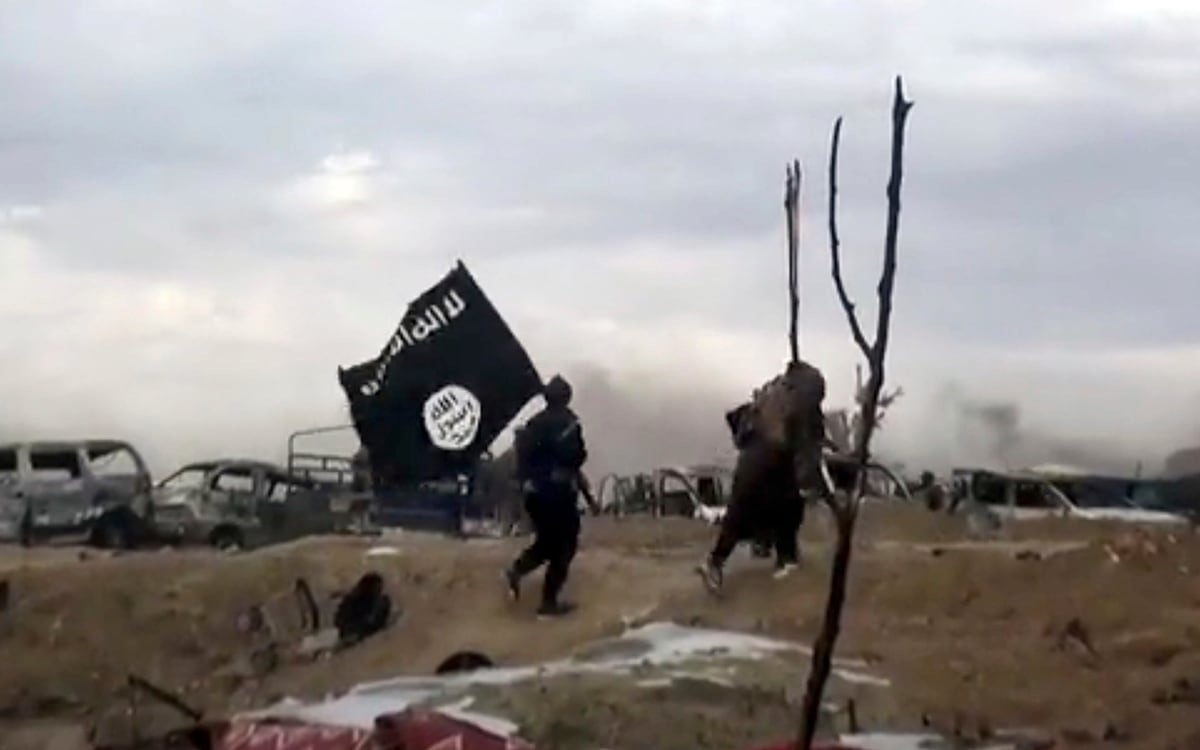Late in 2018, President Donald Trump announced that he was ready to withdraw troops from Syria after a long and successful campaign taking back territory from ISIS. The move, decried by national security experts as premature, was said to have provoked then-Defense Secretary James Mattis to resign days later, and now, the Defense Department has reported the results.
Since about half of 2,000 special operations and other train-advise-assist forces returned to the U.S. in the spring, ISIS has been staging a comeback, according to an inspector general report from DoD, the State Department and U.S. Agency for International Development released Tuesday.
“This quarter, ISIS continued is transition from a territory ― holding force to an insurgency in Syria, and it intensified its insurgency in Iraq," Pentagon Principal Deputy Inspector General Glenn Fine, who has been filling in as DoD IG, wrote in a memo topping off the report.
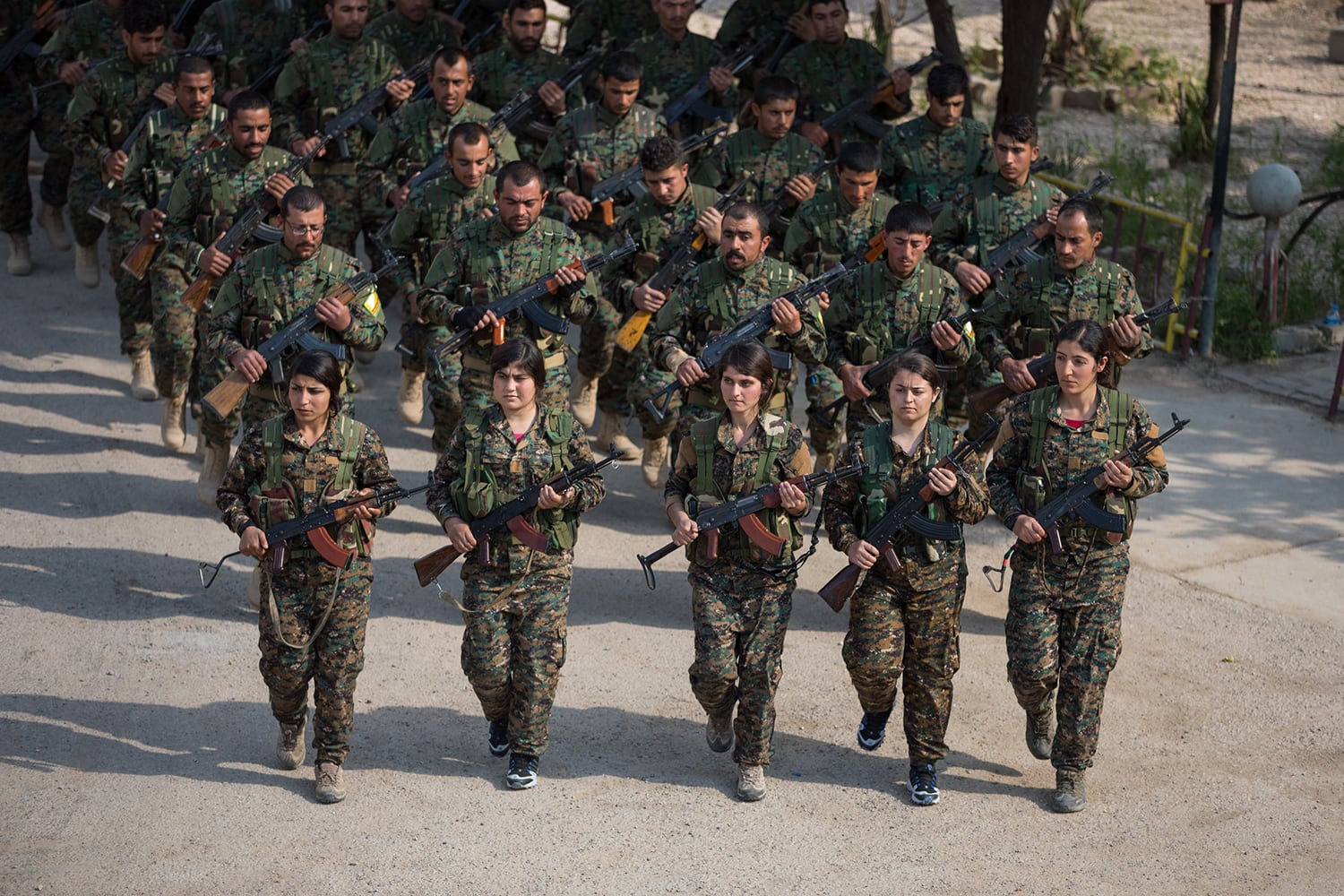
The quarterly review compiled congressional testimony, think tank research and media reports, as well as official written responses from DoD, State and USAID, from the beginning of April to the end of June.
During that period, U.S. troops began their ordered withdrawal. As a result, the report found, there has been less support for local partner forces on the ground, and they haven’t been able to keep up with ISIS’s resurgence.
“We can all certainly be proud of the progress that has taken place since 2015 … in terms of clearing ISIS from Mosul, from Raqqa, from Fallujah and so forth,” Chairman of the Joint Chiefs of Staff Gen. Joseph Dunford told reporters in July. “But we also know there is still a fairly vibrant insurgency that has reverted to guerilla tactics, and so there is still a threat.”
After taking territory back from ISIS, the report said, local forces need more support than ever, to help build credibility with local populations and collect on-the-ground intelligence to get ahead of any insurgent activity.
For now, about 1,000 U.S. troops are set to remain on the ground.
"Drawdown could cause U.S.-backed forces in Syria to look for ‘alternate partnerships and resources’ to replace the reduced U.S. support, and that in its assessment such an outcome could be ‘detrimental to the United States’ mission in Iraq and Syria,' " Fine wrote.
RELATED
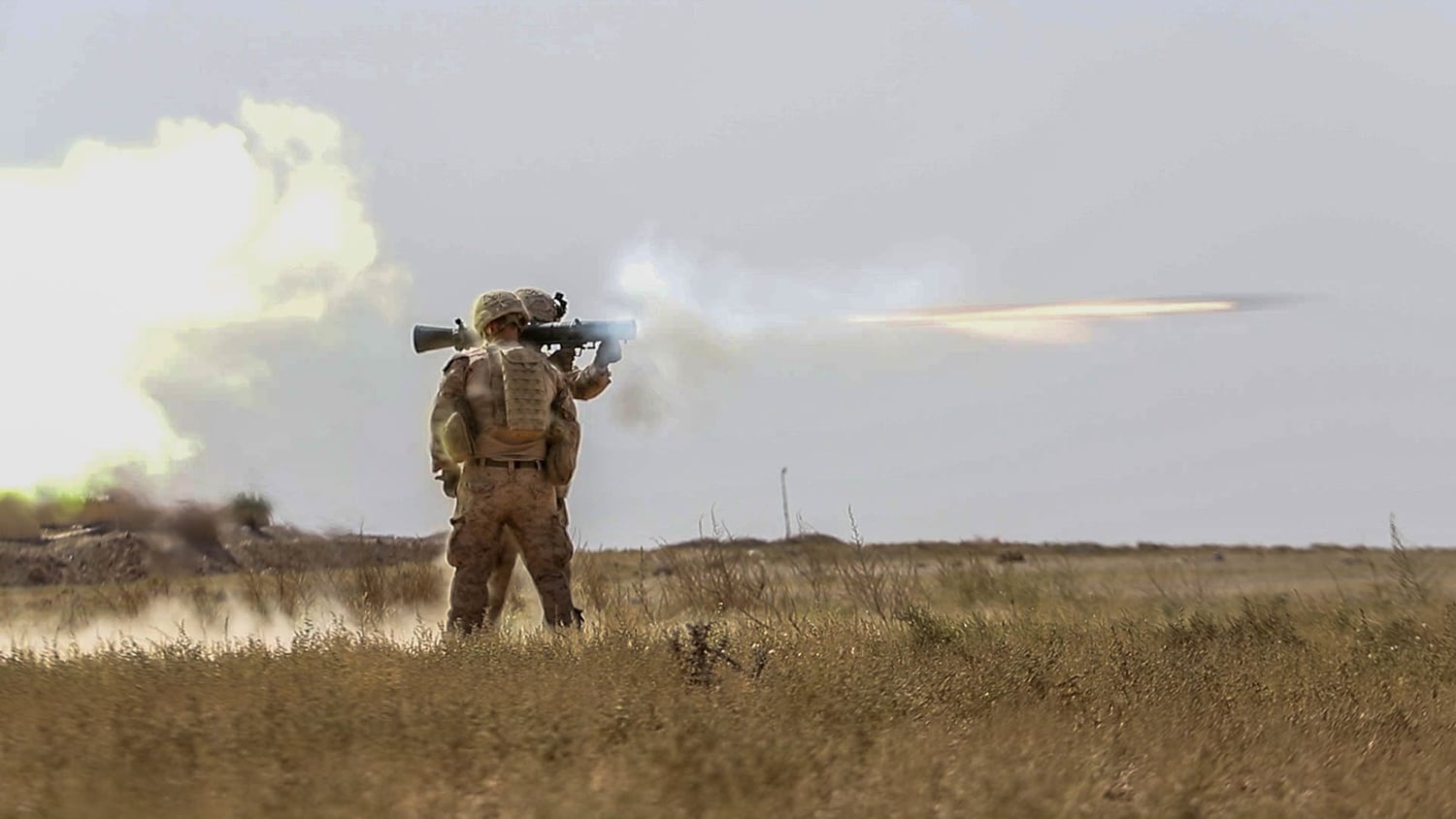
Though ISIS cells haven’t attempted to regain control of large swaths of land, the report said, militants in both Iraq and Syria have continued a campaign of terror, with “targeted assassinations, ambushes, suicide bombings, and the burning of crops.”
There are likely between 14,000 and 18,000 remaining active members of ISIS, but according to the report, estimates have swung widely in both directions.
ISIS’s regrouping and rebuilding has taken several forms, the report found, mostly in remote areas controlled by local forces with little capacity to stabilize their areas of operations.
In Iraq, particularly, militants have worked to create safe havens in Sunni-majority areas north and west of Baghdad, the report said.
" ... ISIS in Iraq was able to establish a more stable command and control node and a logistics node for coordination of attacks, particularly after the arrival of ISIS fighters from Syria" after U.S.-backed efforts took back their last Syria stronghold in March.
RELATED
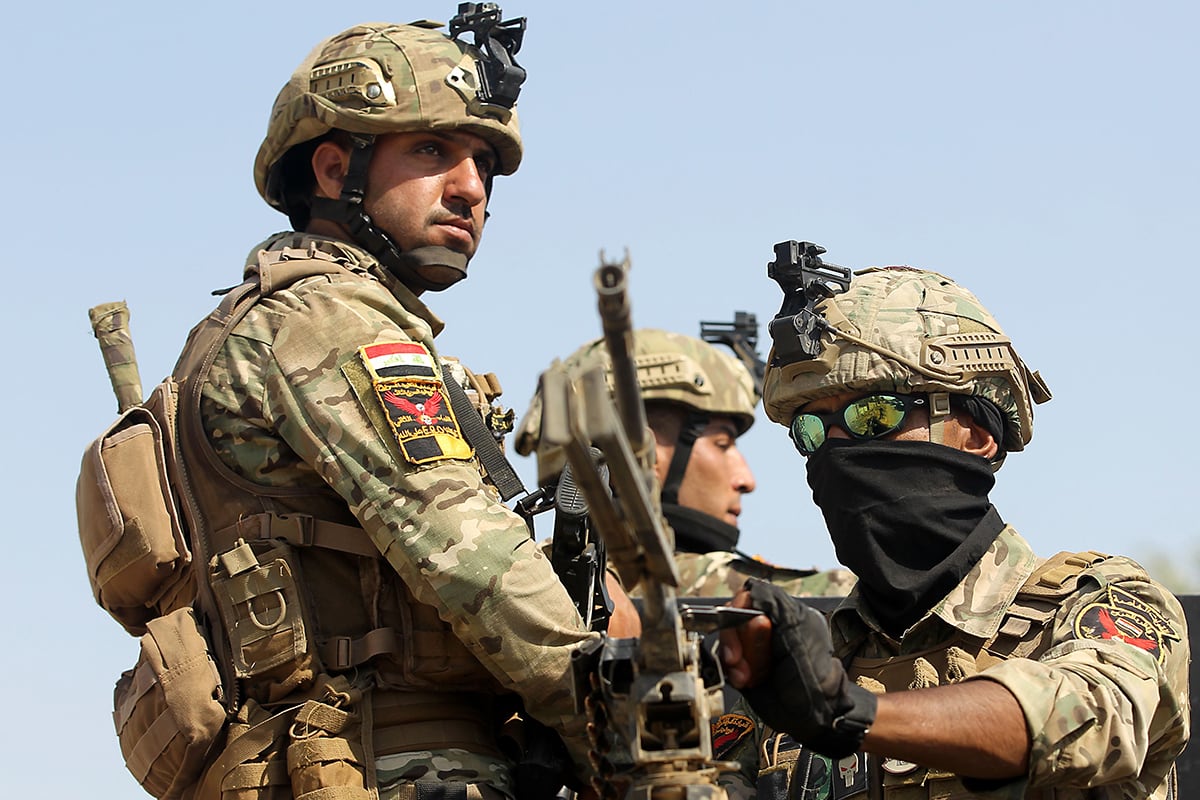
Now, the report said, ISIS is capitalizing on tensions in Iraq, both between the Shia and Sunni Muslim communities, but also between Iraq’s central government and the Kurdistan Regional Government, which oversees an area in a disputed northern territory claimed by Iraq. In their disputes with each other, the report said, the Iraq and Kurdish authorities are not working together on counter-ISIS policy.
Though the task force has had success in bolstering the Iraqi Security Forces, they have not been able to keep up with ISIS’s rebuilding efforts in more remote, hard-to-secure areas.
Officials also believe ISIS to be active in al Hol, an internally displaced persons camp in northeastern Syria “where thousands of ISIS family members now reside, and ISIS is likely working to enlist new members from the camp’s large population of IDPs.”
And many of those refugees are reluctant to return home to a liberated Iraq, the report said, because of the lack of security and quality of life in the wake of ISIS’s defeat.
In that and other camps, the report found, there is opportunity for ISIS to create safe havens among sympathizers who have no where else to go.
RELATED
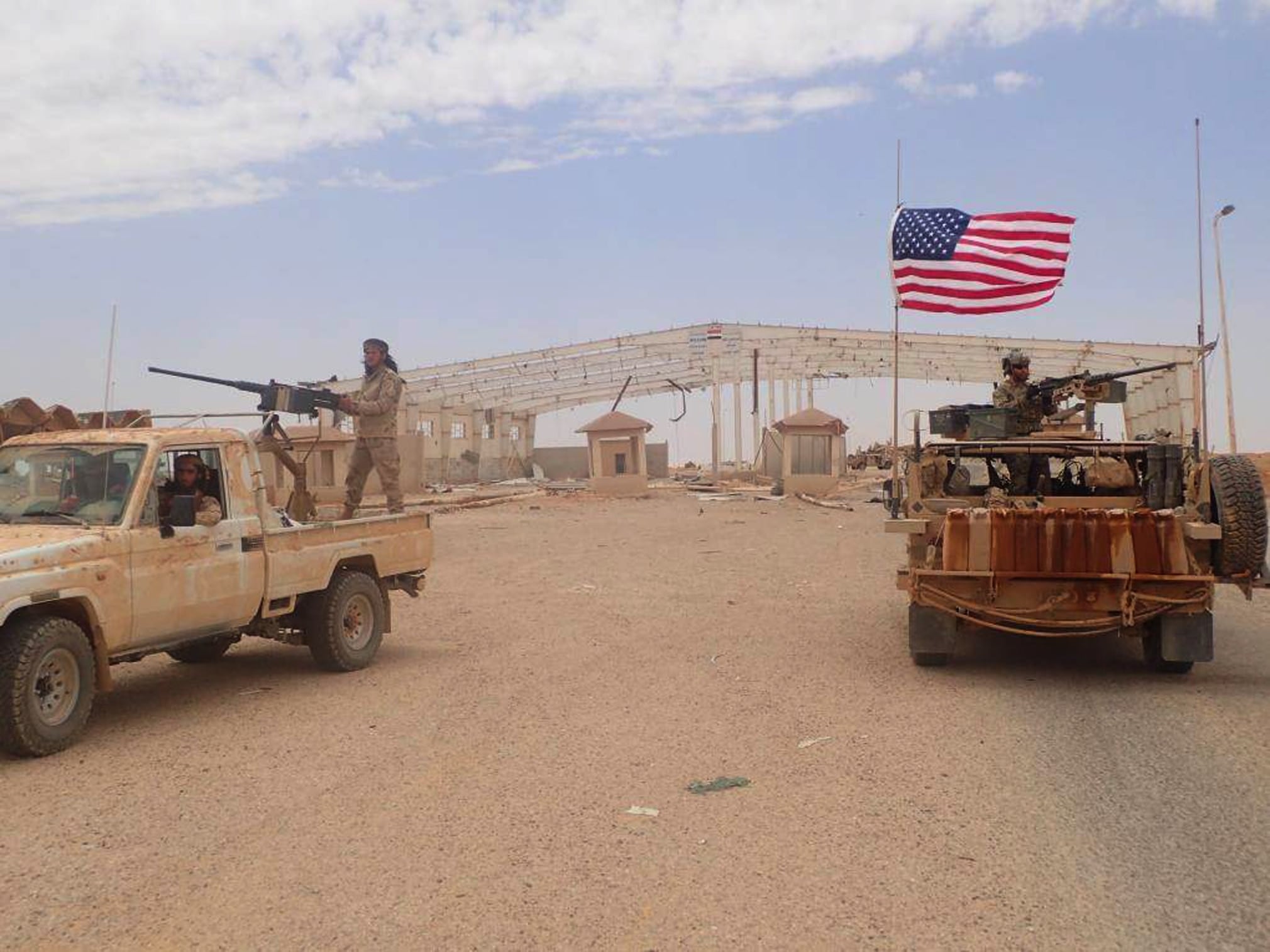
A settlement in Rukban made headlines in recent days, as Russian and Syrian troops have reportedly stymied humanitarian aid traveling to the refugees there, claiming that U.S. troops stationed at At Tanf garrison, near the Jordanian border, “made it impossible for the Syrian regime to deliver aid to Rukban,” according to the IG report.
“We constantly press the Assad regime and Russia to allow the immediate and unhindered access of humanitarian assistance to alleviate the suffering at Rukban IDP camp but they have denied UN deliveries since February," Lt. Col. Earl Brown, U.S. Central Command spokesman, told Military Times on Friday. "We stand ready to provide all necessary security assurances for a UN humanitarian delivery, as we have for past deliveries of life-saving humanitarian assistance from Damascus to Rukban.”
Russian propaganda, according to the report, has claimed that Rukban is housing ISIS terrorists at the U.S.'s discretion, and that aid sent there supports the terrorist group.
Meanwhile, the U.S.'s non-military presence has also decreased.
In May, all non-emergency State Department employees evacuated from the U.S. embassy in Baghdad and Consulate General in Erbil, cutting the staff almost in half and reducing their mission set to four things: “defeating ISIS, countering malign Iranian influence and Iraq, supporting religious and ethic minorities, and maintaining a viable platform for diplomatic operations."
However, the reduction in personnel also diminished their ability to provide support to stabilization efforts, according to the report.
Meghann Myers is the Pentagon bureau chief at Military Times. She covers operations, policy, personnel, leadership and other issues affecting service members.
